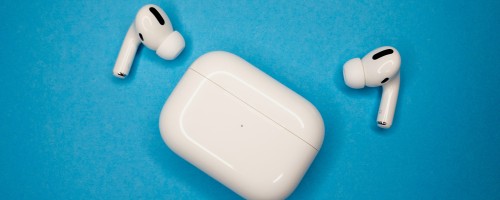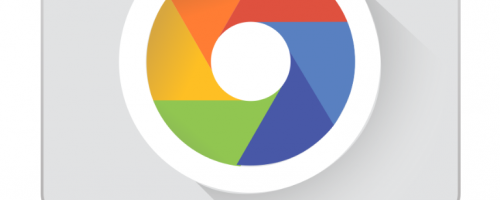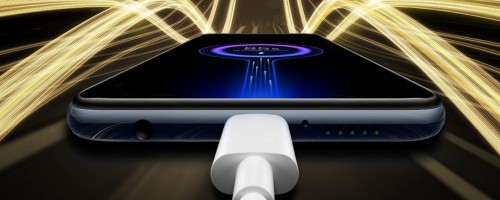
The ASUS Zenfone 6 (also known as Asus 6z in some markets) is one of the best mid-range phones of 2019. Cheaper than most flagships, it features a 48MP camera, a high quality 2340 by 1080 IPS display, headphone jack, the Snapdragon 855 processor, 6GB+ of RAM, SD Card support, and a massive 5000mAh battery.
A battery this big means that it lasts longer than most Android devices out there, but bigger batteries also means longer charging times. ASUS decided to minimize this downside by supporting Quick Charge 4.0 and including a 9V 2A 18W wall charger with the phone.
From 1% to 100%
It’s hard to run out of battery with this phone with what most people would call regular usage and if you charge daily, but we managed to get it down to 1%.
Using the original charger and USB cable, and with a room temperature of 20ºC (68ºF), these were the results:
- 1-60%: 84 minutes.
- 75%: 100 minutes.
- 85%: 114 minutes.
- 90%: 123 minutes.
- 100%: 166 minutes.
Speeds are fast even at a low state of charge, but start to slow down after ~85%. This happens on all phones, but it’s more noticeable on phones with big batteries as they take longer to reach 100%.
Fast charging, but slow?
The numbers above may be confusing, specially if you never had a smartphone with a big battery. After all, a phone with a 3000mAh battery and fast charging doesn’t take 2 hours to charge. So, why does the Zenfone 6 takes this long to reach 100%?
It’s simple: bigger batteries takes longer to charge and ASUS didn’t pick the fastest charging available.
This could be minimized by supporting faster speeds. One of the main competitors, the Xiaomi Mi 9T Pro, can take up to 27W while the Zenfone 6 is limited to 18W.
Can slow chargers still be used?
You can slow charge, but it will take hours to fully charge due to the battery size. This is not a problem if you charge over night, but you won’t gain a lot of battery in a short period. For this, quick charging is a requirement.
The good thing is that a bigger battery means that just 70% equals to a fully charged battery on many flagships. You may not need to charge to 100%.
How to get the ideal charging speeds
The Zenfone 6 charges quickly even with low battery, so charging when the battery is between 5-80% should give you the best speeds.
It’s worth mentioning that from a battery life point of view, we should avoid the extremes. Fast charging at low state of charge is bad and so it is when it’s almost full (that’s why ASUS slows it down). This is true for all batteries currently used by smartphones.
Fast charging with power banks and car chargers
Since this phone uses Qualcomm’s Quick Charge technology, it’s easy to find power banks and car chargers that can fast charge. Just make sure that it supports Quick Charge 4 (or at least 3).
You can also use a faster charger, but the phone itself will only use 18W. Slower chargers and computer USB ports also work, but at regular slow speeds.
If you’re planing to use a fast charger from brands like OnePlus (DASH or WARP), OPPO (VOOC), or Samsung (from devices with Exynos processors), you won’t be able to get fast speeds as they use a different charging technology.
Goodbye power banks (for some)
While there are downsides to bigger batteries (weight and charging time), there are also many upsides.
If your phone doesn’t last the full day without an additional charge, maybe a bigger battery can be the solution for your problem. Let’s say your current phone has a 3000mAh battery. By using a phone with a 5000mAh battery (40% bigger), you might not need to charge again to add ~40% that gets you until you get home.
As battery capacity goes up, the need to use a power bank and charge during the day goes down.
Final toughs
The Zenfone 6 is a good phone overall, not only on paper but in real life too.
When it comes to the battery, 5000mAh makes this phone last longer than most flagships without a hit to performance. Everyone uses their phones differently, so this might not apply to everyone, but at least in our case the need to charge again to survive days with heavy usage simply disappeared. It’s common to have 8-10 hours of “screen-ON time” with some messaging, 2 or 3 phone calls, a few YouTube videos, and 2-3 hours of Spotify.
Charging speeds are good, but could be way better. If you are impatient and want your battery to be fully charged in less than one hour, then this phone isn’t for you.
Batteries with large capacity are good, but they also need very fast charging to bring the charging times to acceptable lengths. We hope that future ASUS devices improve in this regard.
2019-12-24 // Reviews // 2 Comments



Orginal carger Asus 6Z mobile phone.
You don’t need the original cable or charger. This phone supports USB-PD, so any charger of good quality will work and provide fast speeds.